How Ancient Rome Shaped America Posted by Brittany Britanniae on Jul 2, 2014 in Latin Language, Roman culture
Happy 4th of July Everyone!
In honor of this patriotic holiday, let us discuss the impact that both Ancient Rome and Latin made on America as a new country.
Ancient Rome & America
The following video discusses at length the impact and fascination that Ancient Rome has held over America since its inception to modern day. The parallel between America and Ancient Rome has been drawn many times by countless people including authors, politicians, activists , citizens, and even philosophers. However, this particular blog post would like to examine the similarities between Ancient Rome and Early America.
Founding Fathers & Ancient Rome
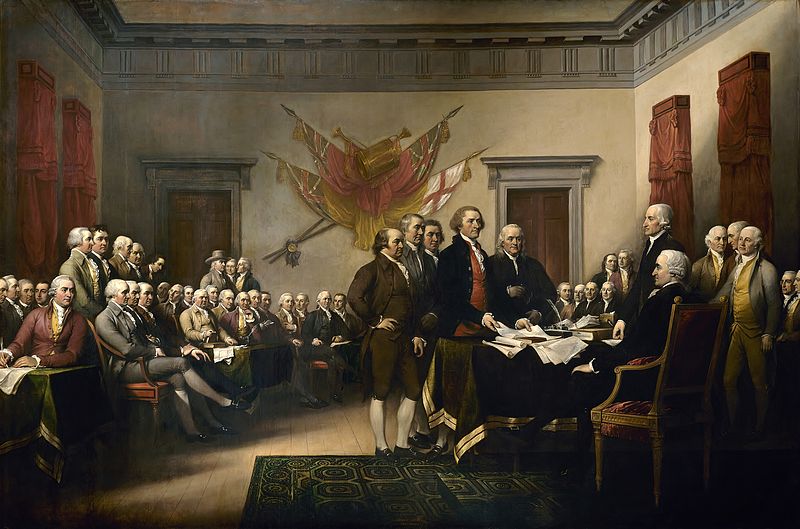
Declaration of Independence, a painting by John Trumbull depicting the Committee of Five presenting their draft of the Declaration of Independence to the Congress on June 28, 1776. Courtesy of Wikicommons & Harpsichord246.
The Founding Fathers (Washington, Franklin, Adams, Jefferson, etc.) were well educated men who received an education in the Classics (here). This education aided in their ability to understanding history and choosing from it a new political system. The resemblance between the Ancient Roman Republic and America’s political system is uncanny. America’s advent of the executive (President & Vice President similar to the two consuls), judicial (Supreme Court), and legislature (Senate) branches were directly derived from the Ancient Roman model. You can read more in depth here.
ARCHITECTURE
The structure of America’s political system is not the only area in which the Founding Father’s sought to derive inspiration. The architecture of many of the political structures in America resemble Roman ones. While the video shows a generic comparison between Roman and American architecture, I provide the following detailed examples of this Neoclassical movement:
These two buildings (US Supreme Court and the Jefferson Memorial) are extremely reminiscent of the classical architecture seen in Ancient Greece and Ancient Rome. In my opinion, they highly resemble the Roman Pantheon.
Lastly, I would love to show the similarities between the Washington Square Arch and the countless Roman arches. These arches have been dedicated to thevictories, lives, and triumphs of emperors such as Trajan, Constantine, Titus, Septimius Severus, and others.
LATIN
The whole purpose of this blog is to show how the language that is considered “dead” by most (check out my post that argues against this-here) is actually alive, thriving, and in fact-well. Latin was a language that many people knew intimately well into the late 1800s. I have a favorite clip from the film Tombstone that shows this familiarity and yet underlines the fact that Latin was an educated man’s language (the post is here). Here are some Latin phrases that either shaped America or are prevalent today:

Seal of Washington D.C. Displaying the Latin Motto “Justitia Omnibus” meaning “Justice for All.” Courtesy of WikiCommons & Illegitimate Barrister.
Each State has a Latin Motto- What’s yours? Check it here!
ANTE BELLUM- BEFORE THE WAR-As in status quo ante bellum, “as it was before the war”. Commonly used in the Southern United States as antebellum to refer to the period preceding the American Civil War.
DEO VINDICE-Motto of the Confederate States of America.
E PLURIBUS UNUM-out of many, one-Literally, out of more (than one), one. .It is used on many U.S. coins and inscribed on the Capitol.
SIC SEMPER TYRANNISis a Latin phrase meaning “thus always to tyrants.” The full quotation is Sic semper evello mortem tyrannis (literally: “Thus always I eradicate tyrants’ lives”), “death to tyrants” or “down with the tyrant. John Wilkes Booth supposedly quoted it at the assassination of Lincoln.
Reception
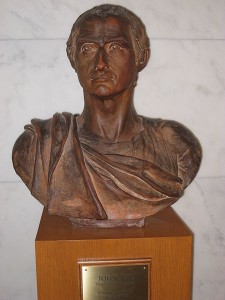
Some of the Founding Fathers were even portrayed like the Romans. This is Ceracchi’s (more here) bust of John Jay (a Founding Father/more here) in a toga. Courtesy of WikiCommons and Daderot.
America has seemed fascinated by this aspect that they are similar to the Ancient Romans; however, this comparison is not without some hesitancy. For we all recall that the Romans and their Empire eventually fell. This comparison has brought countless of book titles such as “Are We Rome?: The Fall of an Empire and the Fate of America,” “Why America Is Not a New Rome, ” and so on. In fact two years ago, a museum exhibit was designed to compare the Ancient Romans and Americans. An overview (here) and a review (here), I have provided to those who were unable to attended during its run. It seemed to have been an interesting exhibit that compared Roman gladiator helms to those of the NFL, and even showed some of the Founding Fathers’ busts with them in togas!

Build vocabulary, practice pronunciation, and more with Transparent Language Online. Available anytime, anywhere, on any device.
About the Author: Brittany Britanniae
Hello There! Please feel free to ask me anything about Latin Grammar, Syntax, or the Ancient World.




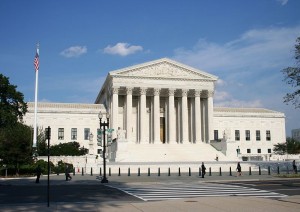
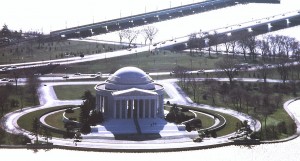
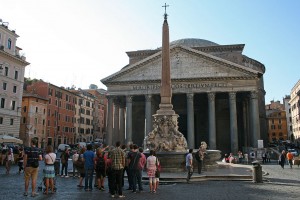
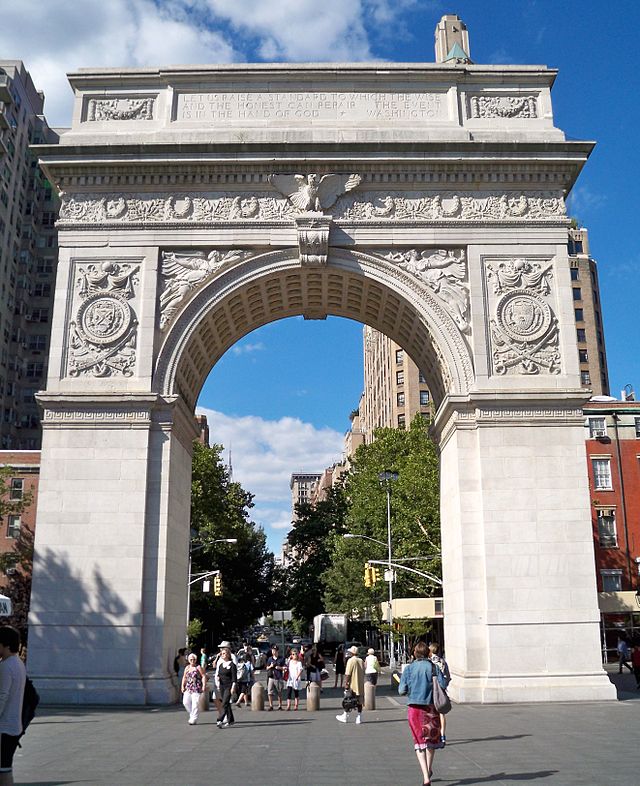


Comments:
Norman Sablea:
Thank you, I have recently been seeking for info about this subject matter for ages and yours is the best I have discovered so far.
Verna Helmbrecht:
Thanks for one’s marvelous posting! I truly enjoyed reading it, you’re a great author.I will always bookmark your blog and definitely will come back sometime soon. I want to encourage you to definitely continue your great job, have a nice afternoon!
Number boards stickers:
Thanks, I’ve been hunting for facts about this subject matter for ages and yours is the best I’ve located so far.